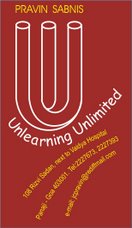The learning curve model is used commonly in organizational or industrial management to improve output by way of improving performance of the human resource. The model was widely applied during World War II when it was realized that the cost of aircraft decreased with the increase in production performance. It was later taken up by the industrial and business sector for a variety of performance improvement applications
There are many variables in learning that impact the rate of progression and cannot be accurately reflected in the learning curve model. In learning to read, the variables could include phonetics, vocabulary, type of reading material, teaching methods, motivation, previous knowledge or experience, quality of practice, and much more.
The learning curve model requires that one variable is tracked over time, is repeatable and measurable. Individual motivation, for example, would be difficult to measure. As a whole, learning to read is a complex procedure involving many variables and is not ideal for a learning curve.
An example of where a learning curve can be applied could be a measurable task like a factory worker learning to operate a new machine that requires specific, repeatable steps. As the worker learns to operate the machine following the procedural steps, he becomes faster and more proficient at using it. A learning curve would measure this rate of progression and mastery.
A learning curve is a graphical representation of the relationship between how proficient someone is at a task and the amount of experience he or she has. Proficiency usually increases with increased experience… the more someone performs a task, the better he or she gets at it. Hence every time we move on to learn, we progress up the curve
Don’t stay static in a cocoon curled
move ahead with the learning curve!
- Pravin K Sabnis


